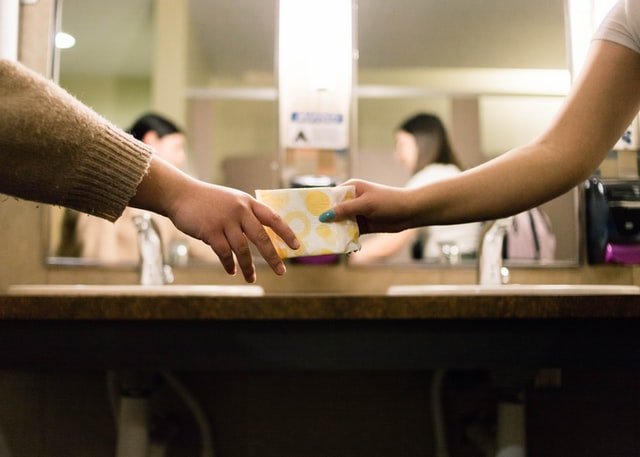It has been observed that more than 4 out of 10 women aged 65 and older suffer from urine incontinence, which is characterised by a lack of bladder control. Although this illness is usually connected with age, it can develop at any moment in an individual’s health. It can be caused by major life changes like childbirth, pregnancy and menopause. Though there are treatment alternatives that may cure urine incontinence, specifically developed items can assist in avoiding leaks in the meantime.
Fortunately, there are more alternatives than ever for this sort of undergarment. Brands are switching bulky underwear for fashionable, supportive panties, from beautiful, washable incontinence pads to colourful pads that can be packed discreetly in your favourite purse. Some designers have also designed equally fashionable alternatives for guys.
Incontinence pads and adult diapers can help people preserve modesty and relaxation while seeking urinary incontinence alternatives.
They let people work, rest, and sleep without having to worry about soiling the clothes, furnishings, or bed linens. Pads come in various shapes and sizes, so users should be able to find one that fits their needs. Incontinence pads are particularly developed to absorb urine leaks while also protecting the skin from dampness and irritation. According to a poll conducted by the National Association for Continence (NAFC), 3 out of every 5 of its user members utilised an incontinence pad or grownup napkin.
Sad to say, the survey found that many people were utilising items that were not designed for the job. According to the NAFC, one for every four people with incontinence used sanitary pads to absorb spilt pee. On the other hand, sanitary pads are built to withstand period blood and do not give the same measure of support as incontinence pads. Another 17% of incontinent respondents reported using tissues, paper towels, or toilet paper instead of specifically made incontinence napkins.
When choosing an incontinence pad, consider how simple it is to use and how much absorbent users require. Longer and denser incontinence pads contain more pee but are heavier and tougher to change on and discard. Pads will be more useful to those who have light to medium urine leaks.
All of them are intended to be worn within your underwear. They feature a waterproof lining to prevent urine leakage and are significantly more absorbent than women’s incontinence pads. Some models have adhesive strips to keep the pad in place. Most are discarded, although some firms provide washable incontinence pads that may be used beneath waterproof undergarments.
Adult diapers and thicker washable incontinence pads are offered for those who have moderate to severe urine leakage. They are meant to fit comfortably and are typically worn in replacement of undergarments. To reduce urine leakage, most incorporate leg wraps. They come in both throwaway and washable varieties.
When using napkins or diapers, it’s critical to replenish them once they’ve absorbed pee. Leaving a wet pad on the skin might cause a rash and discomfort. Instead, remove the pad or diaper, carefully clean and dry the area, and then place on a fresh pad or diaper.
Shields look like bulkier incontinence pads with hip belts for protection. Adult diapers are fastened with adhesive tape as well as provide all-around coverage for those with significant incontinence.
These clean and reuse cotton pads could last approximately one to two years. It is advised that individuals with a high flow utilise a pad with wings; whereas its thinner, the straight pad was designed for more versatility.

